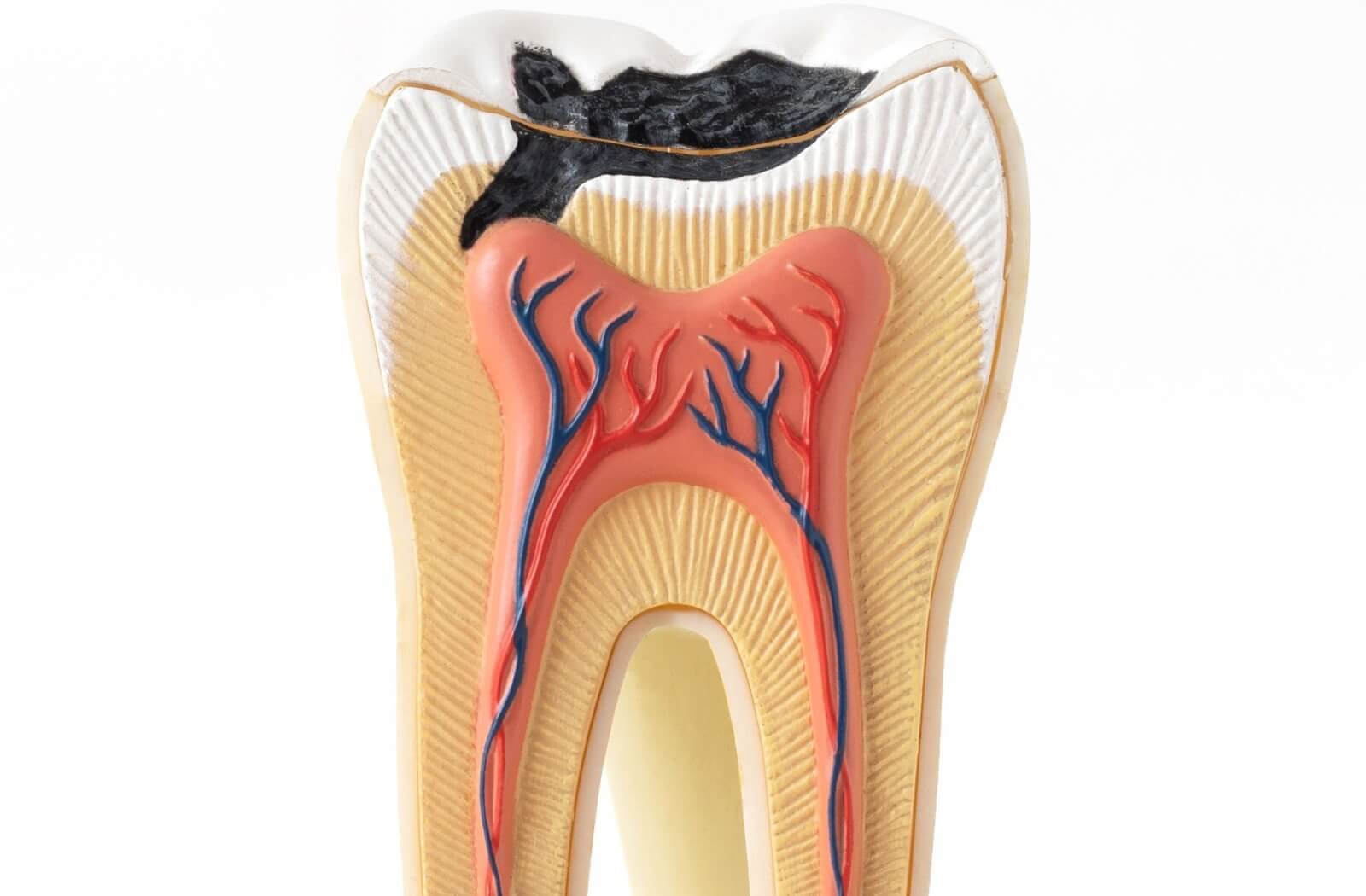Do Dental Implants Feel Natural?

Imagine biting into your favourite snack, only to wince in pain. You've been putting off a dental visit, hoping the discomfort will disappear. But now, you're left wondering—do I need a filling or a root canal? Understanding the differences between these common dental procedures can ease your worries and help you prepare for your next dental appointment. Both treatments are excellent options, but it really depends on what your dentist says about your specific situation that will dictate which procedure you receive.
What is a Filling?
Fillings are often the first line of defense when it comes to treating tooth decay. They're a relatively simple dental procedure designed to repair minor damage by removing the decayed portion of a tooth and filling the area with materials like composite resin, porcelain, or even gold. The choice of material depends on your preference and budget.
When Are Fillings Necessary?
If you've noticed increased sensitivity to hot or cold foods, pain when chewing, or even visible holes or discolouration in your teeth, it's time to consult your dentist. These are potential signs of cavities, which fillings can effectively address. Regular dental check-ups can help catch cavities early, often before you even experience discomfort.
The Filling Process
Getting a filling is usually a quick and straightforward procedure, often completed in a single visit. Your dentist will numb the area, remove decayed tissue, and fill the cavity. Some materials, like gold or porcelain, require additional steps and may need impressions sent to a lab.
What is a Root Canal?
Root canals, on the other hand, are needed when tooth decay extends deeper, affecting the tooth's pulp. This soft tissue contains nerves and blood vessels, and when infected, can lead to severe pain and potential tooth loss. A root canal can save the tooth by removing the infected pulp and sealing the space to prevent further damage.
Indicators of a Needed Root Canal
Symptoms such as severe toothache, persistent sensitivity to hot or cold, or swelling and tenderness around the gums can indicate the need for a root canal. If left untreated, the infection can worsen, causing more pain and complications.
Root Canal Procedure
While root canals have a reputation for being painful, modern techniques have made them no more uncomfortable than getting a filling. The process involves cleaning out the infected pulp, shaping the inside of the tooth, and filling it with a rubber-like material. Depending on the case's complexity, this procedure might require multiple visits.
Overlapping Symptoms
It can be challenging to determine whether you need a filling or a root canal solely based on symptoms. Both conditions often present similar signs, such as sensitivity to hot or cold, persistent pain, and discomfort when chewing. However, the underlying causes differ; fillings are typically required for cavities, while root canals address more severe infections affecting the tooth's pulp.

There are additional symptoms that may help distinguish between each procedure. For instance, root canal pain may be more intense and persistent, and you might experience swelling or tenderness in the gums. In contrast, discomfort from a cavity might be more localized to a specific tooth and could subside when the stimulus (like hot or cold) is removed.
This is where your dentist's expertise is crucial. They can perform a thorough examination, including X-rays, to accurately assess the situation and recommend the best course of action. Regular check-ups and prompt attention to symptoms can guide you to the appropriate treatment, ensuring that you maintain optimal dental health and avoid more severe complications down the line.
Preventing Tooth Decay
The best way to avoid fillings or root canals is to practice good oral hygiene. Brush and floss regularly, and make it a habit to visit your dentist at least once or twice a year for routine exams. These steps can help catch problems early or prevent them altogether.
Importance of Regular Dental Visits
Even if you don't experience any symptoms, regular dental visits are essential. They allow your dentist to monitor your oral health and address potential issues before they escalate. Prevention is always easier and less costly than treatment.
Finding the Right Dental Care
Understanding the differences between fillings and root canals can help you make informed decisions about your oral health. Both procedures are vital in maintaining a healthy smile, and knowing when to seek dental care can prevent further complications. Prioritize regular dental check-ups and good oral hygiene for the best results.
If you're facing dental issues, don't wait for them to worsen. At Markham Dental, our expert team is ready to evaluate your needs and provide the best care possible. Whether it's a filling or a root canal, we prioritize your comfort and health. Book an appointment with us today and take the first step towards a healthier smile.